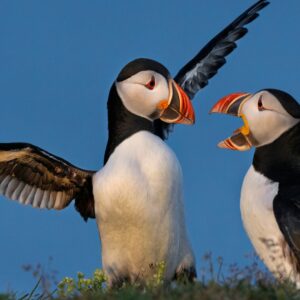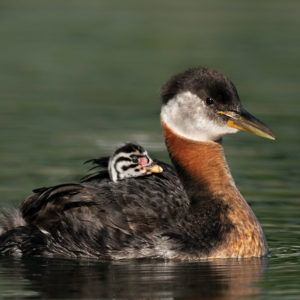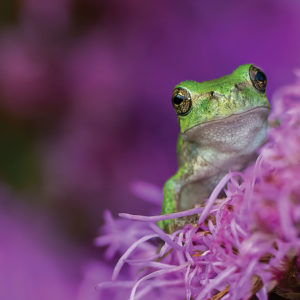Busy as a bee
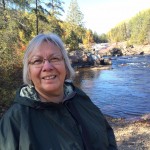
Valerie Assinewe,
Guest Blogger
This month’s Nature Canada calendar captures what may well be our planet’s most critical plant/animal interaction – a bee foraging for nectar and transporting pollen. Approximately 80% of flowering plants depend on pollinators to transfer pollen for fertilization between plants thereby facilitating fruit and seed production. Bees are the most important group of pollinators. Let’s take a closer look at these complex and fascinating insects.
Where do they live?
Bees, like ants and wasps, belong to the order Hymenoptera, a very successful order in terms of numbers of species and worldwide distribution. There are about 1,000 bee species in Canada; they can be found right across the country, excluding the highest altitudes and polar regions. In Canada, as elsewhere, where you have flowering plants, there you will find bees.
What do they look like?
Like most other Hymenoptera, bees in their adult stage have two pairs of clear wings with the front pair larger than the back pair. The wing pairs, which are held together by small hooks, operate in unison in flight. Bees have large compound eyes and females usually have an ovipositor. Unlike other Hymenoptera, bees have a proboscis for siphoning nectar and fuzzy bodies with feathery hair, which allows for transport of pollen. Some bees even have “baskets” made from hairs on their hind legs to transport pollen.
Bees, like ants and wasps of the suborder Apocrita, have the characteristic narrow junction between the thorax and the abdomen, which provides greater flexibility. Like their wasp ancestors, bees have long, straight antennae.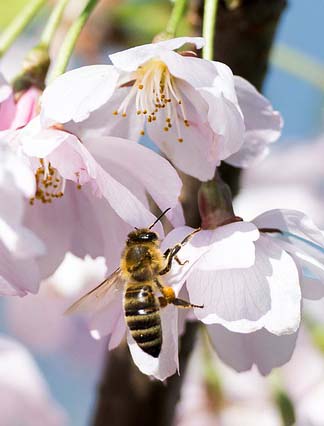
In your garden, you may recognize the Honey Bees —an import brought by settlers from Europe—and the native Bumble Bees. These two black and yellow bees are classic social bees, with a caste system of a queen, workers (all female) and drones (all males) live in large colonies. However, in Canada, most species are solitary in their habit and nest in the ground or in tree cavities; the exception are Parasitic Bees, which do not build nests at all.
What do they eat?
Most Canadian bees live on a diet of pollen and nectar, which they collect from one or multiple plant families in the course of a single foraging trip near their nest.
How do they reproduce?
All native bees have a complete, four-stage life cycle: egg, larva, pupa and adult. The first three stages take up the greater part of their life cycles. In some species, only the new queen hibernates through the winter and begins new life cycles in spring. In other species, the adults hibernate through the winter and mate in the spring.
Did you know?
- Most Canadian bee species do not make honey. Several species, including some Bumblebees, have this ability; the Honey Bee, however, is the only species that can produce economically viable quantities. All the other bees use the pollen and nectar to feed their larvae.
- Not all bees can sting. Drones do not have stingers at all. Bumblebee and solitary queens and workers rarely sting. However, you may expect to be stung if you swat, stand on, or otherwise disturb them while they forage.
- Honey Bees that protect the honey and the queen sting once then die: the barb of the stinger remains in the pierced skin, and the intestine is pulled out as the bee flies away. Bumble Bees do have stingers, but they are not barbed; if threatened, they can sting several times.
What can you do to help the bees?
Habitat loss, disease, exposure to pesticides and climate change are all significant threats to bees. You can do your part by supporting efforts to ban pesticides, especially neonicotinoids in field crops; to protect bee habitat, and to help us raise awareness of the bees’ important role in our food supply and of their plight. We also encourage you to grow pollinator gardens and native plants in your home, school or community. Remember, healthy bee populations mean access to local fruit, vegetables and nuts and beautiful flowers!

